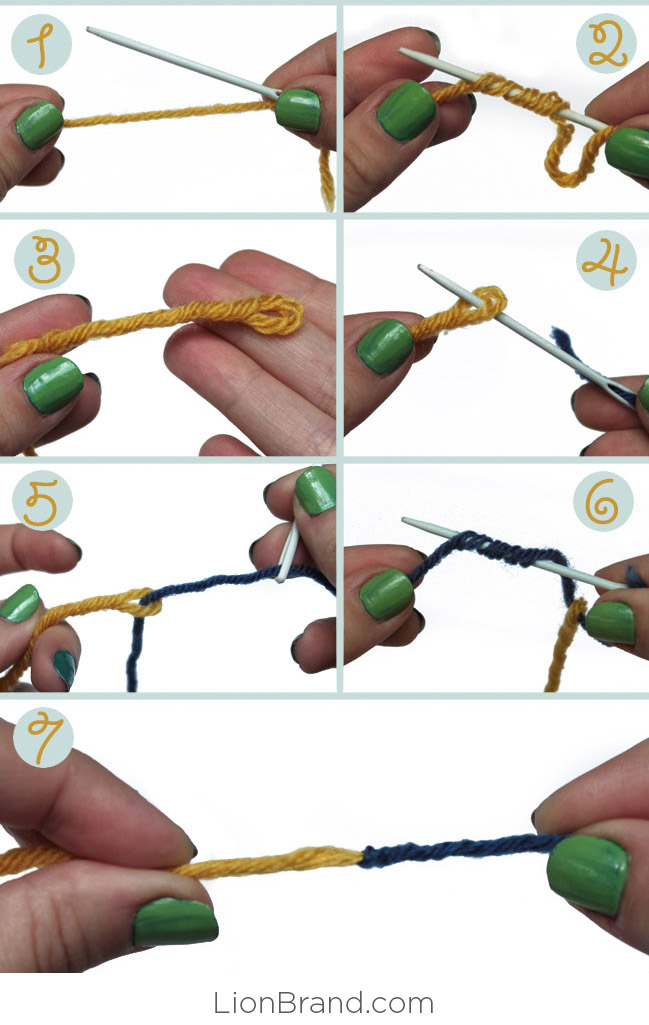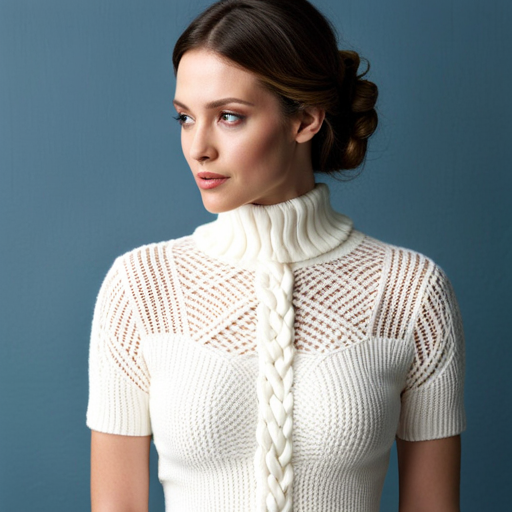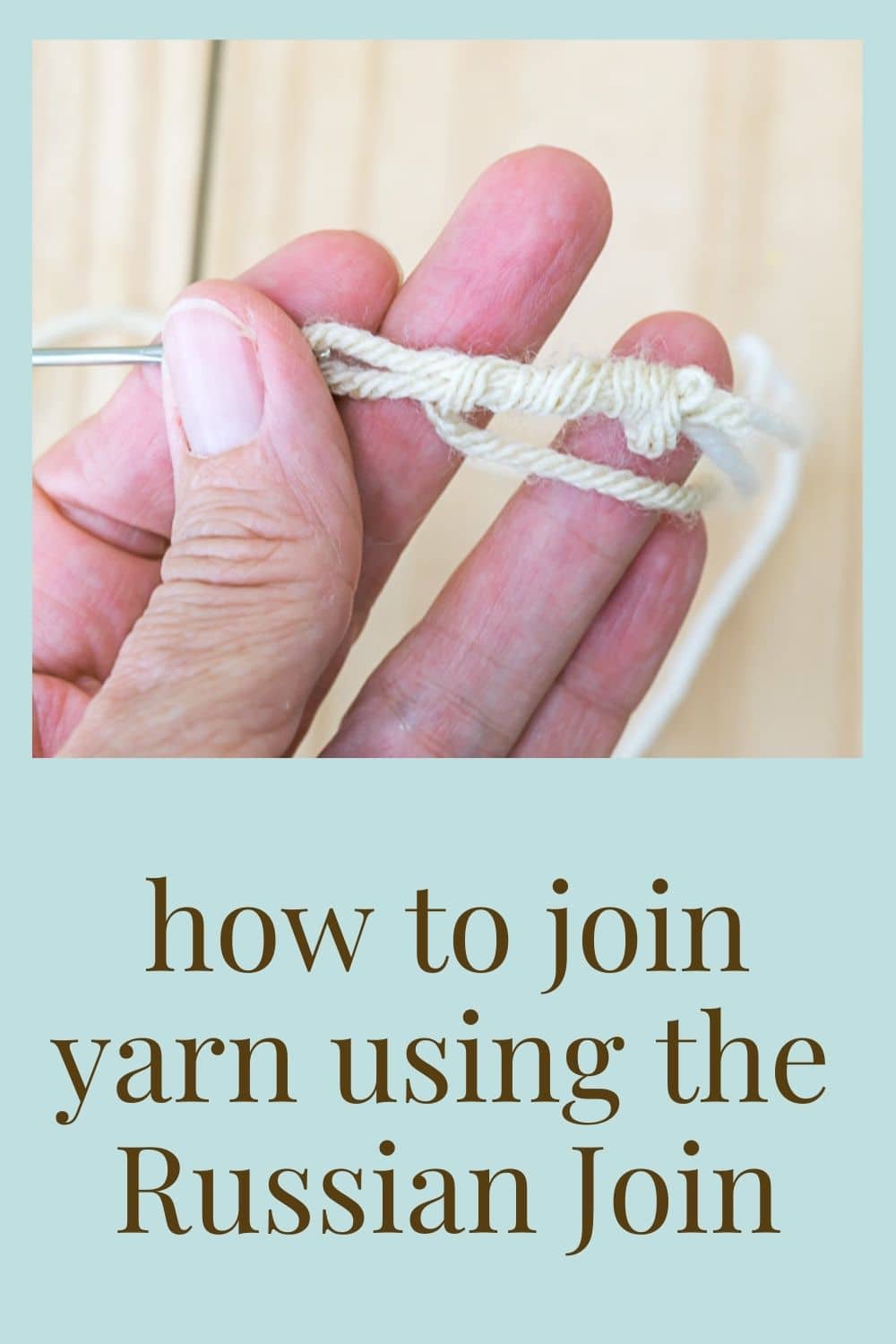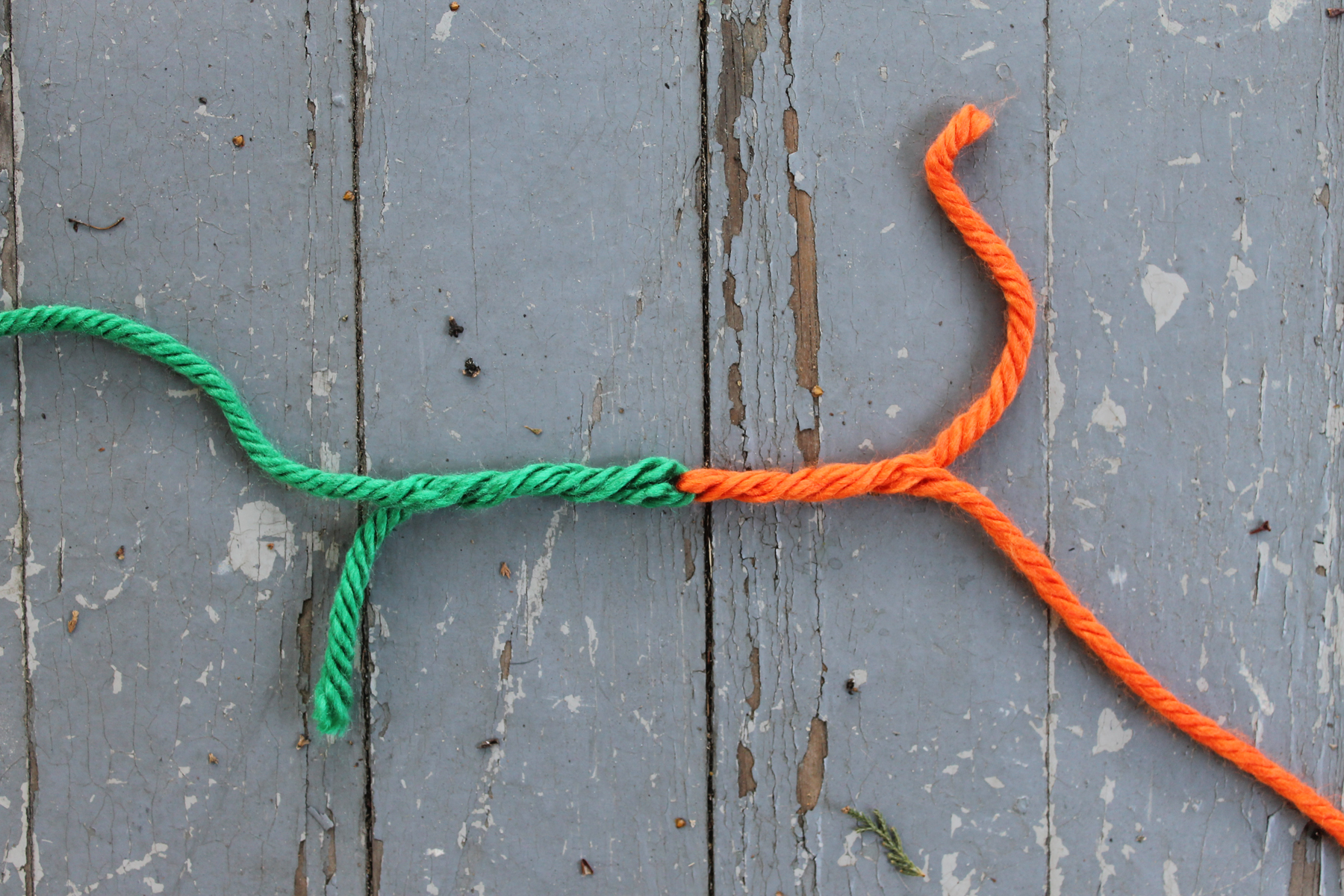Knit Russian Join - The russian join works with every yarn and for almost all projects in a single color. Featured in this tutorial pattern: Please visit my blogs for more knitting goodness. Web the russian join is a great way to connect yarn ends and it creates a nearly invisible yarn join. Best of all, it creates a secure join, so you can keep crocheting or knitting without worrying about yarn ends! Unless you are knitting a pair of mittens, a hat, washcloths, or something similar, you will most likely need to join balls or skeins of yarn. How to make a secure and slick join. Web learn how to seamlessly join new yarn when knitting using the secure russian join technique. A tidy way to join a new ball of yarn. Yarns of any fibre, weight, colours and creed can be joined together.
Learn to use a Russian join in your crochet or knitting! Joining yarn
How to make a russian join (one of the best yarn joins with no knot!) 9 minutes of reading. Web the russian join is an.
How to Knit Russian Join for Knitting YouTube
What you’ll need for the russian join: Best of all, it creates a secure join, so you can keep crocheting or knitting without worrying about.
How to work the neatest Russian Join a method for joining two strands
Sometimes called the invisible join, or the russian knot, this is a fantastic technique to join new yarn quickly and without fuss. Web instead, use.
How to Russian Join Yarn in 7 Easy Steps
Two yarn ends to join together. A tidy way to join a new ball of yarn. This is a great method to join yarn when.
Knitting Help Russian Join YouTube
When you break the yarn, the tapered end it creates allows the tail to pass more smoothly through the shaft of the yarn. The russian.
How to do the russian join in knitting no knots & ends to weave in
Web the russian join is a simple yet effective knitting technique used to join two yarn ends together without the need for tying knots. It.
Achieve Seamless Joins Learn The Knitting Russian Join Technique
The russian join is one of the absolute best ways to join yarn due to it’s secure hold and invisible finish. This is an easy.
Russian Join joining yarn for knitting · Nourish and Nestle
Web the russian join is a great way to connect yarn ends and it creates a nearly invisible yarn join. Featured in this tutorial pattern:.
How to do the russian join in knitting no knots & ends to weave in
You're knitting along, and you run out of yarn. Web instructions for the russian join knitting technique. Skip weaving in ends and stop relying knots.
It Will Leave Behind Two Or Three Slightly Thicker Stitches.
This is a great method to join yarn when knitting, as well as for joining crochet yarn. It requires a yarn needle. Web the russian join is a simple yet effective knitting technique used to join two yarn ends together without the need for tying knots. This is an easy join and works well on those yarns that cannot be felted.
Russian Join Is A Technique For Joining Two Strands Of Yarn Before Knitting Them Instead Of Weaving In The Ends Afterward.
Yarns of any fibre, weight, colours and creed can be joined together. And the best thing is that’s it’s secure and almost invisible! 1.2m views 2 years ago basics of crochet. The russian join is one of the absolute best ways to join yarn due to it’s secure hold and invisible finish.
456K Views 10 Years Ago.
For written instructions and photos please visit: Featured in this tutorial pattern: When you break the yarn, the tapered end it creates allows the tail to pass more smoothly through the shaft of the yarn. This post includes a video, written and photo tutorial on how to create it.
What You’ll Need For The Russian Join:
How to make a russian join (one of the best yarn joins with no knot!) 9 minutes of reading. Web the russian join doesn’t discriminate. When should you use the magic knot? You can use it at the beginning or in the middle of a row.









